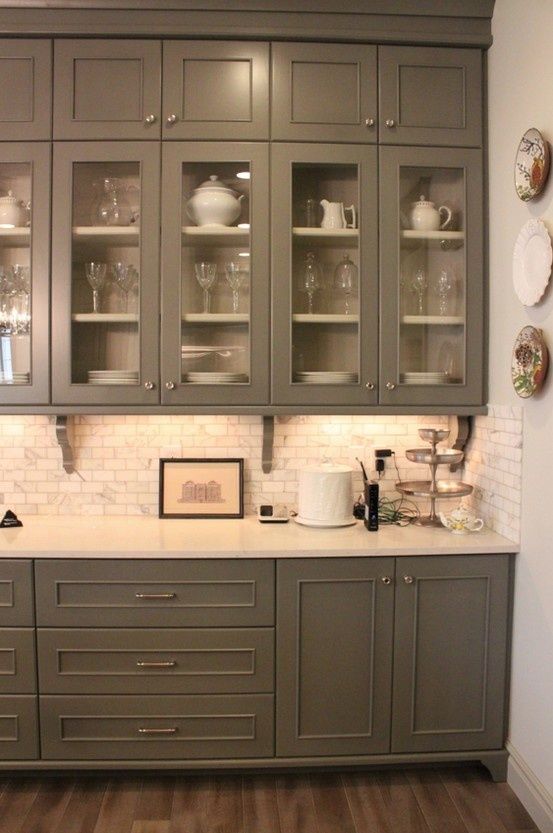Many homeowners have a tendency to think of lighting only in terms of how much illumination it provides. While bright lighting is certainly a key in surgery suites, bright lighting is not always good lighting when it comes to your home décor. Factors such as how the light shapes the room and the interplay between light and color in your décor should also be considered. Lighting does more than just provide illumination, and by choosing the right fixtures, you can have adequate lighting for every space in your home, without attracting attention from a distant galaxy.
What is Good Lighting?
By starting with a definition of good lighting, we can eliminate some of the misconceptions about bright lighting right away. Good lighting should provide enough illumination for the task at hand, while creating the ambiance and comfort you want in a given space. This will vary from room to room, but in general, using as much as you need and no more is a good rule of thumb.
Lighting should be most heavily focused on areas where detailed tasks take place, such as in your kitchen, or at the bathroom vanity. Even here, too much can be a bad thing, but too little can be disastrous.
- Lighting should provide enough illumination to move through your space safely without fear of tripping over unseen hazards, or bumping into things such as furniture and walls. This does not require as much as you would think, and thinking through the lighting in your space will go a long way to understanding what you actually need.
- Good lighting should be flexible enough to light a given area, while other areas remain in relative darkness. This has more to do with number and placement of fixtures than wattage or number of bulbs.
Common Issues With Overly Bright Lighting
While it may seem that a space being too dark is the only real issue, there are several problems that can be associated with too much light. The goal here is to make your space as attractive and livable as possible, without sacrificing energy efficiency and design aesthetic.
- Bright lights tend to provide a lot of light in areas directly affected, but may leave corners and other areas under lit. This type of uneven lighting can make it hard for your eyes to adjust, which can contribute to fatigue.
- Bright lights cost more than other options that spread lower illumination more evenly through your space. Even with today’s more efficient light bulb options, every bit of light you squeeze out costs a little more. Think of what you could do in your décor with the savings! Just by stepping down to the next lowest level of bulb, many fixtures will cut energy consumption by half, or more.
- Bright lights cause glares. This can be problematic for screen devices such as computers, televisions and smart phones. It also presents a safety hazard in extreme cases, if obstacles like stairs and doorways cannot be accurately seen. In addition to the inconvenience and danger, glares also detract from your décor, causing colors to be seen unevenly and finishes to take on shiny spots and dark shadows where they shouldn’t be.
How to Fix the Problem
While you may think the solution is fewer lights, the answer is just the opposite. By increasing the number of fixtures, and reducing bulb intensity, you can create a more even lighting scheme that provides adequate illumination in a more attractive, cost efficient and comfortable way. Here are some practical steps you can take.
- Add task specific lighting, such as pendants, or recessed lighting in areas that require brighter light. Sconces beside bathroom vanities, pendants over prep surfaces in the kitchen, and strip lighting along the edges of stairs area all good examples of task lighting.
- Add lamps, under cabinet lights, sconces, and even additional recessed lighting to create more lighting zones, so that areas that are not needed do not have to be lit at all times. Switch out ceiling fixtures for fixtures with more sockets and use lower wattage bulbs to create more even illumination with less actual light.
- Install dimmer switches where practical, so that bright lighting is available, literally, at the flip of a switch. Also, adding switches to circuits with multiple lights on them can make it possible to use only the light required for a given task.
- Choose your light placement carefully to work with your décor and space usage. Experiment with different placements using plug in lamps to find what works and what doesn’t. Remember to think of space shaping areas, such as hallways, and architectural features as possible focusing points for additional lighting.
The Benefits Add Up
A more attractive space will get more use and provide less stress. You may find yourself more relaxed when proper lighting is introduced. The energy savings is another great benefit that you will probably notice almost immediately. Switch to new styles of bulbs wherever you can to increase this benefit. Share this news with others to help improve the lives of those around you, they will thank you for it, and that is a benefit you cannot put a price tag on.


 Lighting should be most heavily focused on areas where detailed tasks take place, such as in your kitchen, or at the bathroom vanity. Even here, too much can be a bad thing, but too little can be disastrous.
Lighting should be most heavily focused on areas where detailed tasks take place, such as in your kitchen, or at the bathroom vanity. Even here, too much can be a bad thing, but too little can be disastrous.
